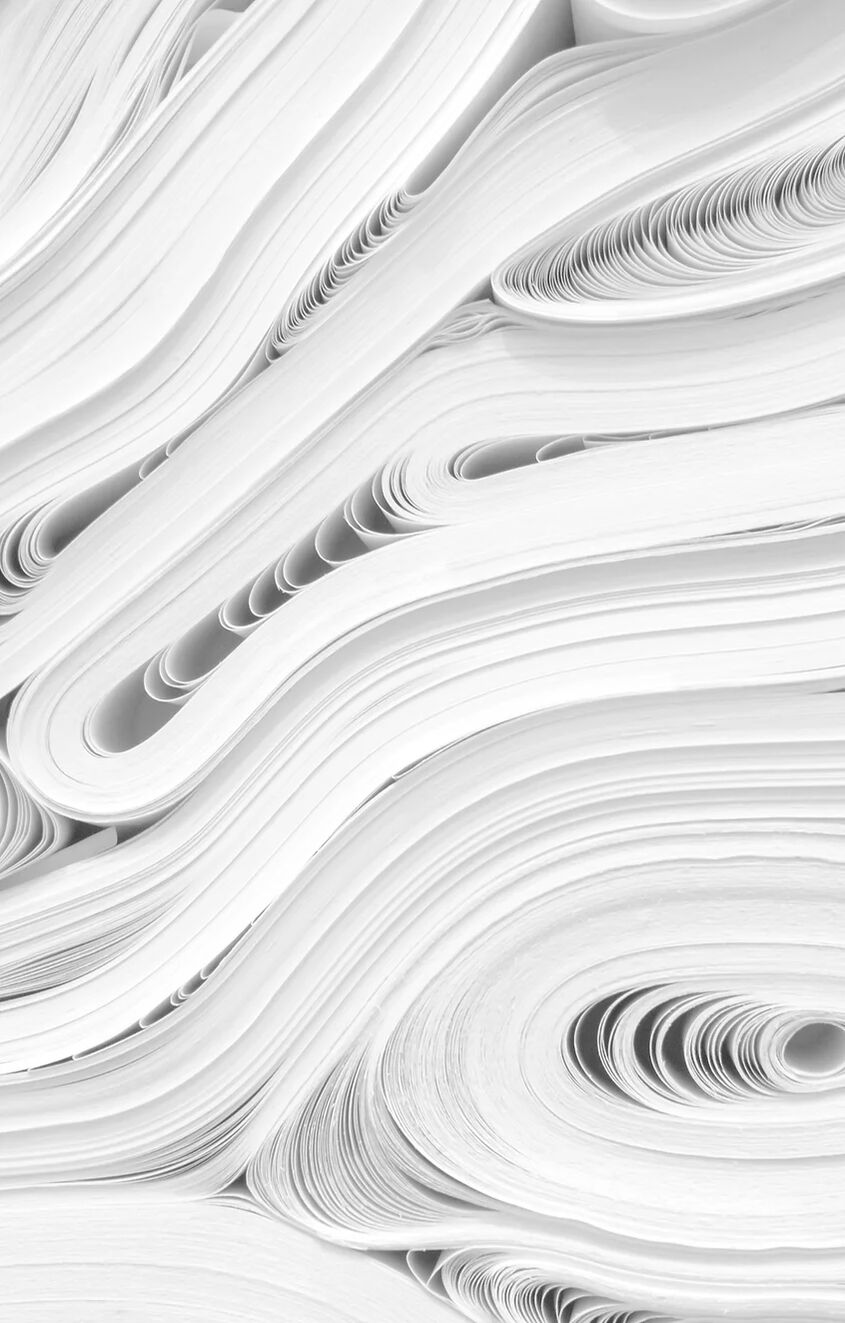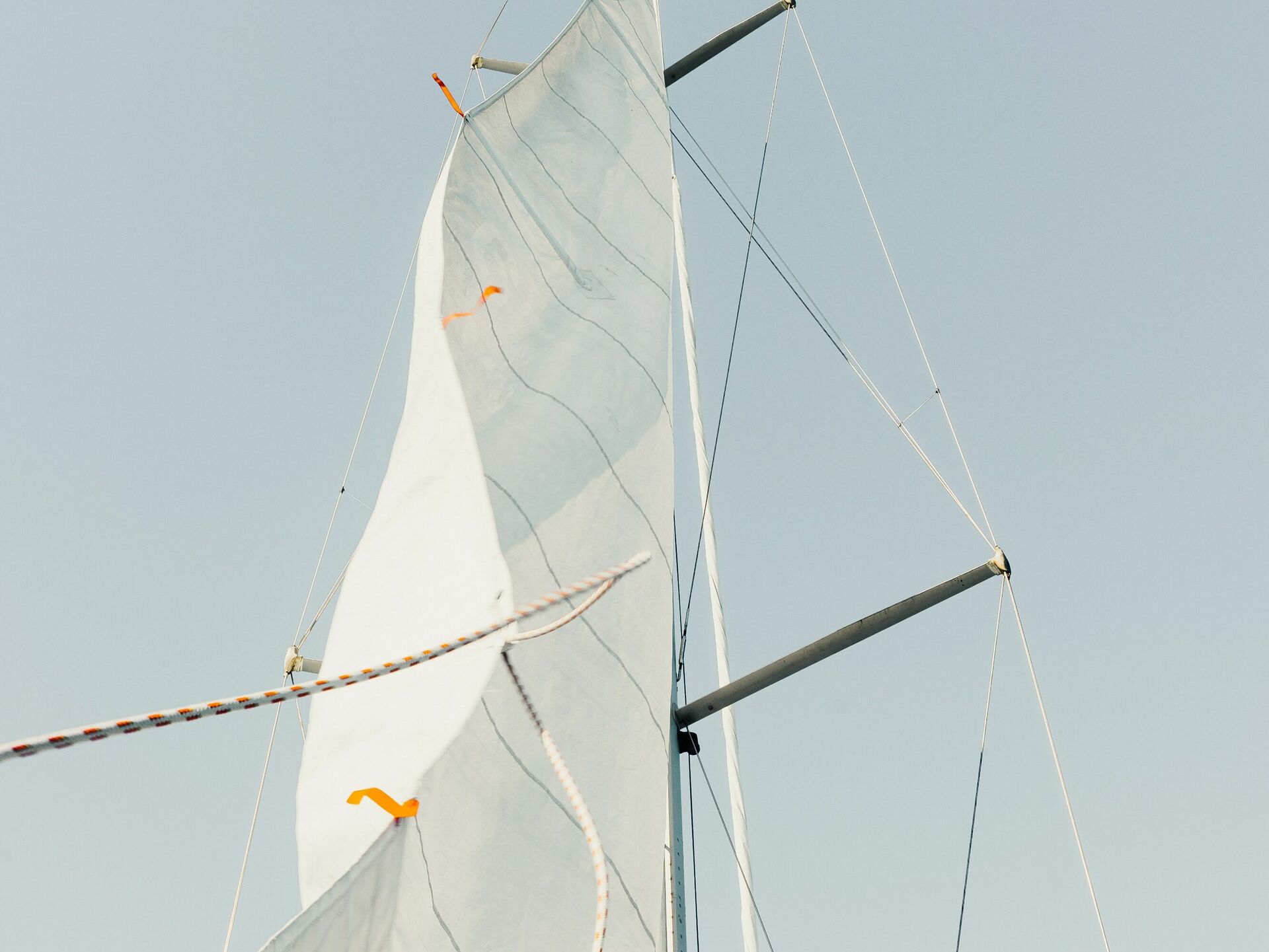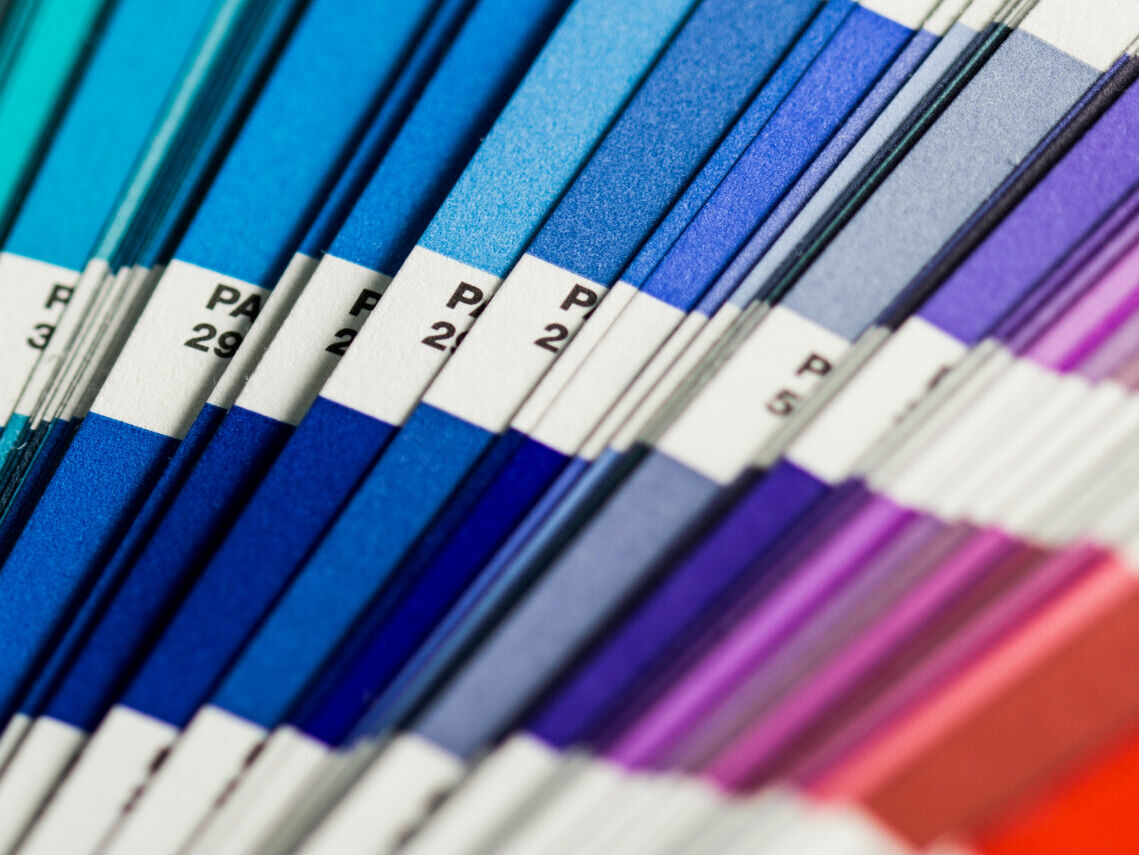The sustainable path to the future - and 5 tips for green printing in the home office
Innovation and ecological responsibility - they must go hand in hand! An increasingly globalized world opens up many opportunities, especially in business. However, it is also characterized by climate change and resource scarcity and the associated challenges. The production of goods and their transportation leave their mark. Quality and availability often lead to compromises in terms of sustainability. Of course, the conditions are different for every company and the parameters are different everywhere. viabild, the Procedes Group's green printing provider, pursues a consistently sustainable approach to digital large format printing. We have developed a scoring system for the print substrates in our portfolio to make sustainability transparent. In this way, we enable consumers to make an informed decision and consistently track the measures taken. Speaking of transparency - let's start with that and go into more detail about green printing.
The green printing provider viabild has been part of the Procedes Group since 2020. However, the company has been working on sustainable and environmentally friendly alternatives to conventional methods since 1996. Founded as a photo lab, viabild now offers a complete digital printing package, from design and printing to logistics and assembly. With the Viascore, viabild has developed a transparent and comprehensible evaluation system for sustainable print media.
Are you in a hurry? Here's everything you need at a click:
The sustainable path to the future - and 5 tips for green printing in the home office
Green printing relies on environmentally friendly materials and technologies
We invest in the sustainability technologies of the future
We rely on sustainable print substrates
Green printing relies on environmentally friendly materials and technologies
In a nutshell, green printing is our approach to using renewable energy and environmentally friendly materials and technologies to minimize energy consumption and greenhouse gas emissions. But that is actually not enough. In order to remain sustainable, we need to question our own ways of thinking and working: what can sustainable systems for modern digital printing look like and how do we take responsibility for climate issues? Despite all the digitalization, there will always be a need for print products - so it's high time to make the business field sustainable for the future! To this end, we are asking ourselves two questions:
- What exactly is environmentally harmful about conventional printing?
- Where do we need to start in order to make printing sustainable and environmentally friendly?
An environmentally friendly printing substrate is a first step towards sustainability
Perhaps you already use recycled paper or environmentally certified printer paper at home. This is a good first step. Paper is just one of many materials that are printed on - we at viabild mainly print on textiles. However, if you print on a large scale like we do at viabild, then you also need an ecological alternative in other areas: the ink should be environmentally friendly. Third-party products and products that are supplied should be environmentally friendly. All devices along the value chain should be supplied with green electricity.
Greener printing @Home - Tip 1: Use recycled paper
Use recycled paper with the appropriate certificate. Modern recycled paper is almost as white as conventional printer paper and is also fully accepted in business communication. The “Blauer Engel" seal guarantees that the paper is made from 100% recycled paper. During production, this paper saves around 70% water and 60% energy compared to virgin fiber paper. It also requires no added chemicals or artificial brighteners.
Solar power, e-mobility and social commitment - this is how we make printing sustainable and environmentally friendly
Environmentally friendly energy sources are nothing new. We have been working with our own solar system at our company site in Cologne since 1996. An environmentally friendly heat pump prepares our water. But working sustainably always means a willingness to innovate and develop further. That's why it's important to keep moving forward - instead of resting on our laurels. We upgraded our solar system in 2010, and it now produces up to 45,000 kilowatt hours of solar power per year as a state-of-the-art photovoltaic system. We have also been certified climate-neutral since 2010.
We were one of the first companies to convert our entire vehicle fleet to e-mobility. In cooperation with KlimaInvest Green Concepts GmbH, we use green electricity and offset all unavoidable CO2 emissions through climate protection projects. At the company headquarters in Cologne, we also think about every square centimeter in an environmentally friendly way: insect-friendly greenery thrives on the roof.
But we are looking even further into the future: the projects we support provide long-term support for people and nature in the project area. We create jobs, are committed to improving working conditions and work closely with local people at all times.
We have also taken a small, internal step with a big impact: At viabild, there are no more presents, cards or gingerbread for the holidays. Instead, we donate directly to a project that is close to our hearts. Last year, this was the Neven Subotic Foundation, which provides people around the world with access to drinking water, sanitation and hygiene facilities.
Our strictly certified printer inks are a contribution to green printing
Printing inks also produce emissions (in the printing process) - so-called volatile organic compounds (VOCs). These are emitted as gases from the printer ink, for example. These substances evaporate at relatively low temperatures and are toxic to humans and the environment to varying degrees. An example you may be familiar with: The typical new car smell in new cars is also caused by the emission of such VOCs. These substances are indirect greenhouse gases. They contribute negatively to climate change through chemical processes that produce ozone.
Our printers
- are certified according to the Greenguard standard
- meet strict requirements for emissions of VOC substances
- are regularly tested
- comply with the recommendations of the World Health Organization
- comply with the recommendations of the German “Blauer Engel” eco-label
greener printing @Home – Tip 2: Pay attention to paper weight
Try out whether a smaller paper grammage is sufficient for your documents. The most commonly used printer paper has a grammage of 80 g/m2. You will have to try out whether a lighter paper is stable enough. However, if it works, it will not only have a positive effect on your carbon footprint, but you will also save money.
We invest in the sustainability technologies of the future
Now comes the part where we have to admit: Compromises are currently still necessary. Never on the print quality, which we always guarantee our customers. But this guarantee also means that we always recommend the right material for your print. Not all (sustainable) materials can be printed equally well with all (sustainable) inks. Our expertise helps us to find the right material for every purpose. And we are investing in the sustainability technologies of the future in order to be able to close this gap one day.
greener printing @Home – Tip 3: The ink
Green paper is already very common, but did you know that there is also potential for optimization when it comes to printer ink? On the one hand, you can buy refillable printer cartridges or use ink tank printers and thus save on waste. But there are also ecological alternatives for the ink itself: Organic inks are made from vegetable oils and resins. Organic pigments are used instead of artificial ones. Organic inks are produced and controlled in accordance with the guidelines of DIN ISO 12647-2.
We rely on sustainable print substrates
The impact of printed products on our environment cannot be denied. And when it comes to materials in particular, this impact often cannot be completely avoided. Because we take responsibility for this, we see the principle of sustainability as the basis for all our actions. We believe in the principle “Think globally, but act locally”. This premise is the basis for taking responsibility for sustainability. If our production and consumption decisions can have a negative impact on the climate and environment, then we can also turn this around and make positive decisions - with a global impact.
greener printing @Home – Tip 4: The right printer
Energy-saving printers are marked with the “Blauer Engel", "Energy Star", "EU-Ecolabel" or "TCO" labels. As a general rule, normal laser and inkjet printers both require toner or ink cartridges made of plastic. Modern inkjet printer technologies with ink tanks or recycled cartridges enable up to 84% less energy consumption and up to 94% less packaging waste compared to laser printers.
Conventional printing methods harm the environment
New is not always better - but in this case it is! Conventional printing methods often use environmentally harmful paints and inks or bleaches containing chlorine. These materials enter the environmental cycle at the latest when the printed product is thrown away. Even during the printing process, many conventional companies use technologies that release harmful ozone. This can have harmful consequences for the human body. Modern printing machines are energy efficient and use biodegradable inks. Continuous investment in state-of-the-art printing technology and innovative production processes not only enables the highest print quality. It also ensures efficient use of resources. As a large printing company, we see it as our responsibility to offer our customers these sustainable options.
Conclusion: Do you want to print in an environmentally friendly way? Then rely on modern printing presses and processes and service providers who use them!
greener printing @Home – Tip 5: Printing with green energy
Okay, that's a tip that goes a long way beyond just printing. But if you work from home a lot, you often feel the need to do so sustainably and with ecological awareness. Then it can make sense to switch to a green electricity provider. This electricity is generated 100% from renewable energy sources such as solar plants, wind or hydroelectric power plants or biogas plants.
Why “go digital” is not (always) the solution
You might think that green printing is just an intermediate step on the way to fully digital communication and advertising. Unfortunately, this is a misconception. Digital communication requires an enormous amount of energy. It consumes large quantities of non-renewable raw materials such as metals and rare earths for the necessary devices. This is often forgotten when talking about sustainable paths into the future of the printing and advertising industry.
At viabild, we mainly print large textile banners as an alternative to LED screens, which also require rare earths for their production. According to an estimate by the Global E-Waste Monitor, there will be 74.4 megatons of e-waste on the planet by 2030 - twice as much as in 2014. Although work is underway to recycle rare earths from used electrical appliances, this has so far only been possible using very complicated processes. LED screens are also often expensive, complicated to assemble and transport, and it is a strain to look at them for too long.
We are therefore convinced (and not just because we are a green printing provider) that large-format printed advertising media continue to make sense. It's worth thinking about them sustainably. Because:
There is no one right way in this generalized form
Our way: Think global, act local. In our own production, we ensure that our customers receive both quality and the best possible sustainability. And we are also pursuing the path of sustainability globally in order to improve working conditions and conserve resources.
The decision ultimately lies with you, our customers - are you convinced? Then let's talk in person!


![Eine Luftaufnahme einer großen Solaranlage auf einem grünen Feld [Translate to English:] Luftaufnahme einer Solaranlage](/fileadmin/_processed_/a/5/csm_content-greenprinting-photovoltaik_5ac6061f07.jpg)
![Nahaufnahme von aufgespannten Papierfäden [Translate to English:] Nahaufnahme Fäden in einem Webstuhl](/fileadmin/_processed_/7/9/csm_content-greenprinting-materialien_8540fdf433.jpg)
![Nahaufnahme von mehreren Händen die einen Baumstamm berühren [Translate to English:] Hände die einen Baumstamm umfassen](/fileadmin/_processed_/1/6/csm_content-greenprinting-haende_7a18087716.jpg)




